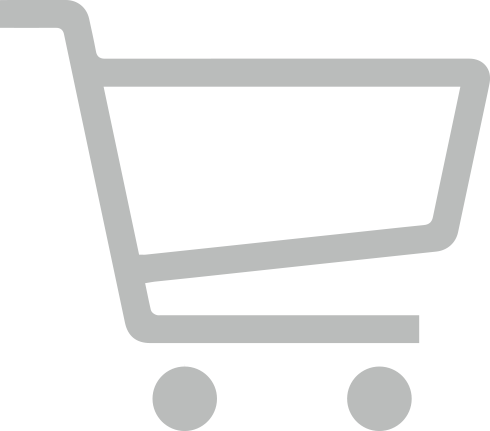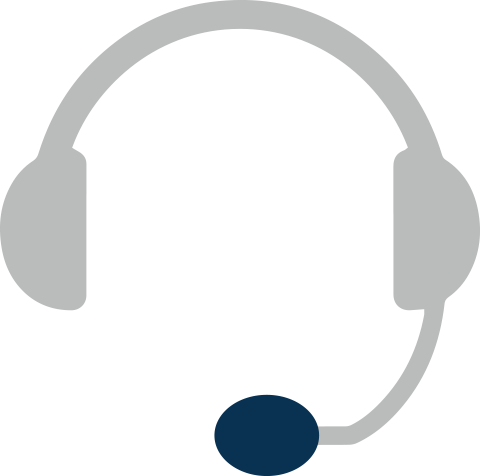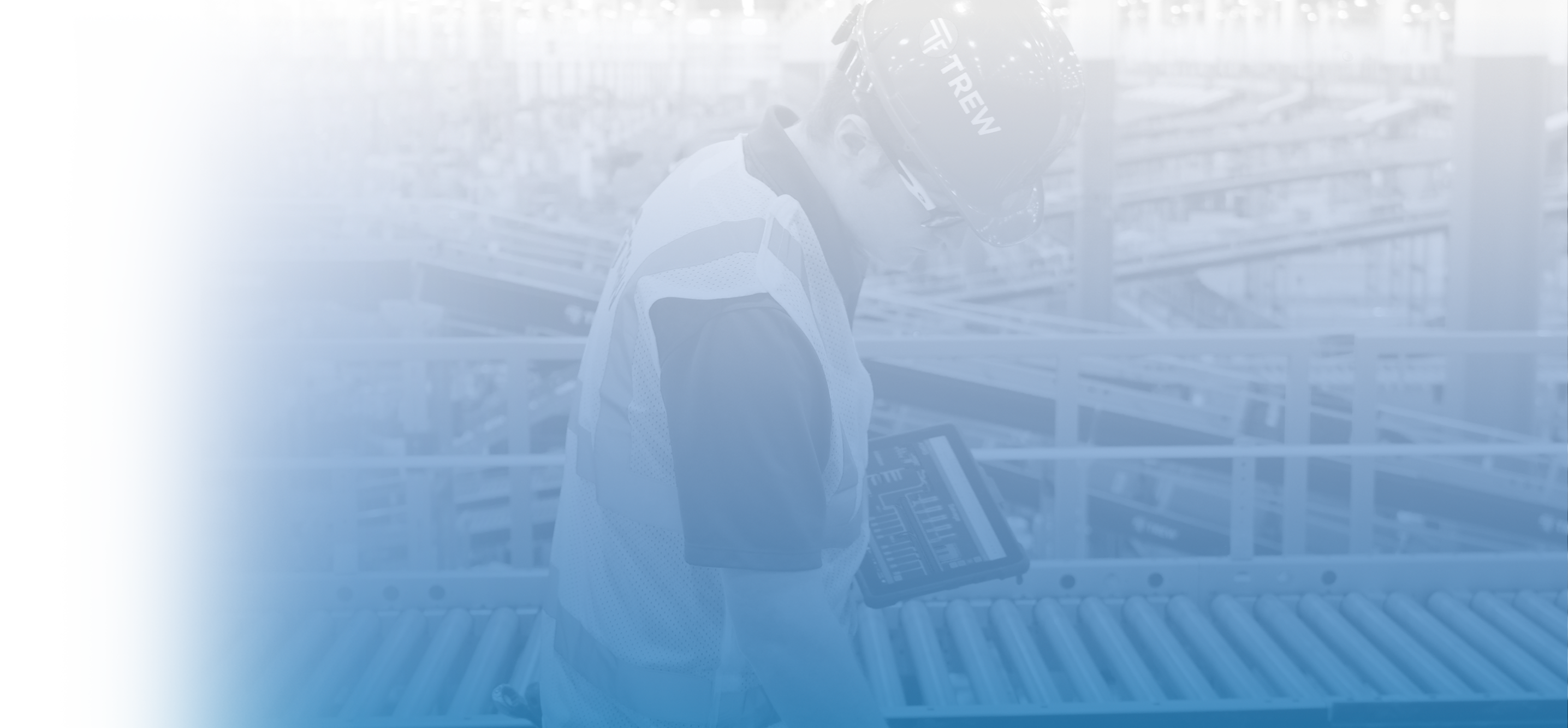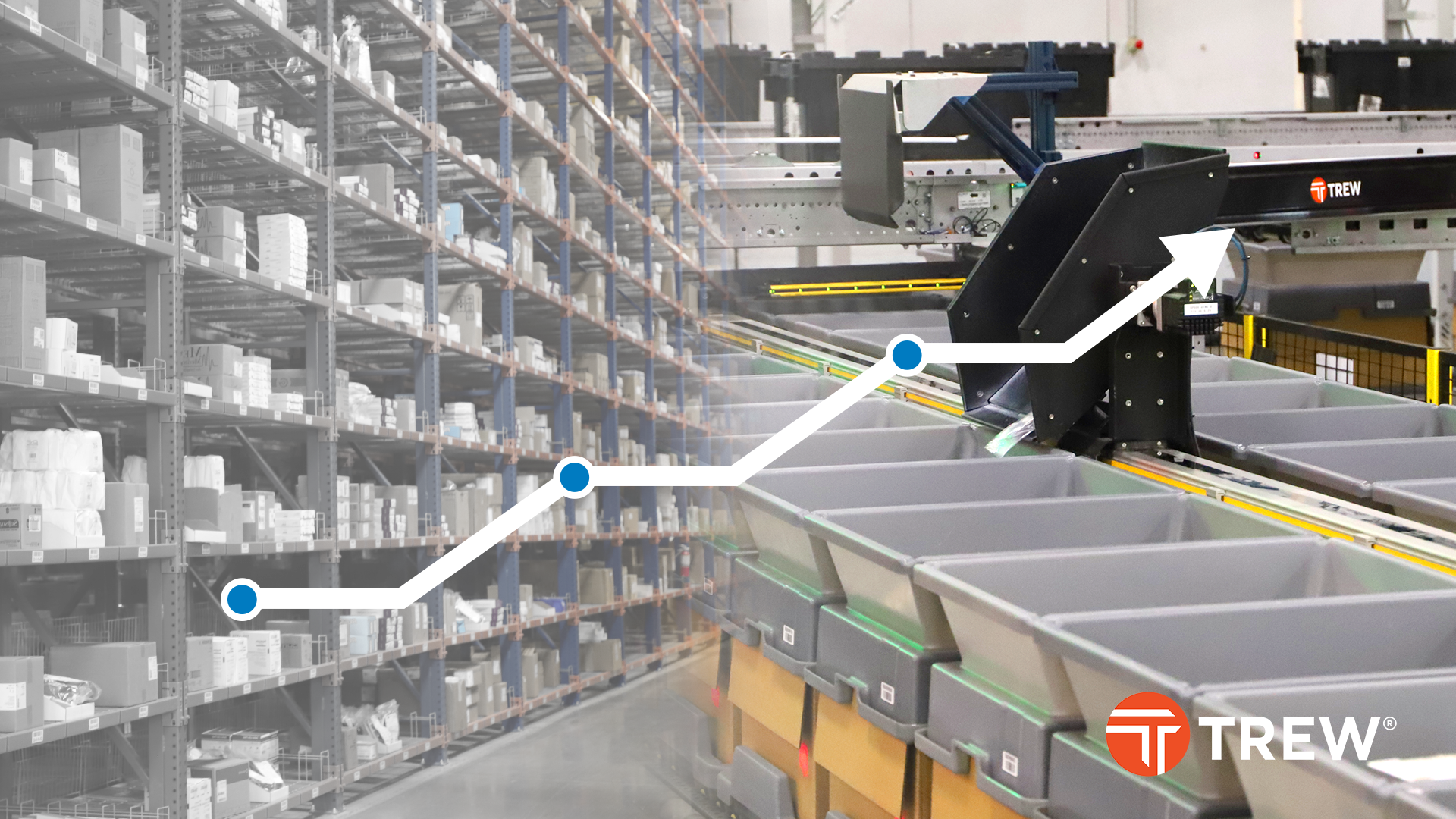Robotic Sortation Order Consolidation – When and Why
With E-commerce getting most of the attention over the past decade, it isn’t surprising that so many automated warehouse solutions are designed for the average 3.5 lines per order, 1.2 units per line, a 2-hour peak order-to-ship window, a next-day or two-day delivery promise, and a SKU population over 100,000.
For direct-to-consumer E-commerce solutions, each picking is the majority of the activity, and the data instructs how to best solve the operational needs. Ecommerce is 15.6%1 of retail with a projected growth to 33% by 2027.2
E-Commerce Retail Sales as a Percent of Total Sales (ECOMPCTSA)
So, What if You Don’t Fit All Things Ecommerce?
Looking at the natural progression of how Order Picking Strategies evolve as volume grows, SKU populations expand, and service levels tighten, you can see the pressures put on operations to adapt and change. That means changes in people, approach, processes, equipment, and automation to drive operational results.
In retail distribution, it is common to fulfil orders in multiple units of measure such as full pallets, mixed load pallets, full case, split-case picking with mixed SKU cartons or totes, and discrete orders. As the picking unit variation gets smaller the effort, complexity and cost per order goes up. The increased cost per order drives organizations to adapt their order processing and picking methods and use of automaton to drive productivity and efficiency while maintaining their service level commitments. Operations have a lot of things to consider.
In the following chart you can see how automation for the typical order fulfillment has methodically migrated, moving from discrete to cluster picking to reduce walk time, and then to cluster picking to combat order cycle times. The latest trend, driven largely by the demand for faster order cycle time, has been to re-engineer discrete order picking with the use of goods-to-person solutions.
Natural Progression of Order Picking Strategies

|
When does Random Slotting can come into play? Have other questions? Please reach out, we would be happy to connect. |
Makes sense, right? Yet there are many operations that simply don’t fit into the typical e-commerce mold, and it isn’t clear how the use of goods-to-person solution fits into the overall operation.
Who is this group? This group is made up of wholesalers, distributors, retail distribution, and subscription commerce. These operations have split-case picking and are facing big challenges of their own. Growing order volumes, low labor availability and retention, increasing operational costs, escalating chargebacks, and inventory management applying pressure on operations.
While goods-to-person systems might be an ideal solution for some, it isn’t a “one size fits all.”
Let’s talk about how things work, and how to find the right fit.
How Things Work
There are three conditions that a significant number of wholesalers, distributors, retail distribution, and subscription commerce have in common that work together in their favor.
Ideal for Batch Pick Consideration
- Higher lines per order
- Higher SKU consumption rates
- Higher commonality of SKUs across orders
These three conditions produce an ideal ecosystem to consider a batch pick to consolidation approach.
Batch Picking Process

Batch PickingBatch picking, also known as multi-order picking, is a warehouse order fulfillment method where a picker retrieves inventory for multiple customer orders in a single trip. This approach is used to increase operational efficiency by reducing the number of trips a picker needs to make to the same location for different orders. Zones, or picking zones, are areas in the warehouse where items can be picked. The A, B, Cs shown in the zones are individual SKUs that are picked into a carton/tote that is then transported to the order consolidation process where they become a "donor" carton/tote. In the order consolidation process, SKUs are picked from donor cartons/totes and put to orders. |
It’s easy to get excited about the advantages of batch picking, where a single operator can pick for multiple orders, reducing walk-times and driving up efficiency and accuracy. BUT the right order consolidation process downstream of the picking is what really delivers the success! Without the right method for order consolidation, the picking benefits are easily diluted or lost.
Order Consolidation – How Does Technology Fit?
Depending on item form factors, order volumes, order cube, and cycle time demands, there are multiple technology approaches that enable batch picking, each with their own operational fit.
- Manual Put Walls
- Automated Put Walls
- Traditional Item Sortation Systems
- Sort to Chute Systems – Push Tray, Tilt Tray, and Cross-Belt
- Sort to Box Systems – Split Tray (Bomb-Bay)
- Robotic Item Sortation Systems
Without any regard to e-commerce, retail replenishment, or wholesale distribution, below are some things to consider when determining which consolidation technology is best for your operation.
| Attribute | Manual Put Wall |
Automated Put Wall |
Item Sorter (to Chute) |
Bomb-Bay (to Box) |
Robotic Product Sort |
|
Batch Size Pick Efficiency |
Low |
Medium |
High |
High |
High |
|
Induction Rate |
NA |
NA |
High |
High |
NA |
|
Sortation Rate |
Low |
Medium-High |
Medium-High |
Medium-High |
Medium-High |
|
Direct to Order Box |
No |
Yes |
No |
Yes |
Yes |
|
Robotic “Put” Option |
No |
Yes |
Yes |
Yes |
Yes |
|
Range of Product Size |
Low |
High |
Medium-High |
Medium-High |
Medium-High |
|
Batching Type |
Fixed |
Fixed |
Fixed |
Fixed |
Fixed or Dynamic |
|
Optimal Lines per Order |
Low |
Low-Medium |
High |
Medium-High |
High |
|
Space Utilization |
Low |
High |
Low |
Low |
Medium |
|
Scalability |
High |
High |
Low |
Low |
Medium |
|
Capital Expense |
Low |
Medium |
High |
High |
Medium |
|
Operational Expense |
High |
Low |
Medium |
Medium |
Low |
|
Time to Install |
Medium |
Low |
High |
High |
Medium |
Order Consolidation Technology Fit Considerations
Caution: The following is a high-level assessment, and individual circumstances will vary for how these technologies fit an operation. Use the chart as a directional guide for evaluating technologies and how they can solve your operational goals and objectives.
What Fits With What Type of Operations?
Operations are not created equally, and depending on the business type, operational needs vary. Batch picking with order consolidation sub-systems can fit within a wide range of operational types.
WHOLESALERS |
DISTRIBUTORS |
RETAILERS |
RETURNS |
|
|
|
|
Batch Picking Operational Fit
-
More and more wholesalers are finding it necessary to pick “eaches” either for replenishment to customer distribution centers or retail stores. Even in a “pull” environment, wholesalers generally have larger orders, higher consumption per SKU, and more commonality across orders. The quality benefits also help reduce chargebacks.
-
Distributors to convenience stores and specialty stores are typically picking from a smaller SKU set where the commonality of SKUs across orders is significant and the number of stores serviced creates a lot of walk time and sequencing issues. A batch pick to consolidation process reduces picking labor and the downstream consolidation process can help with mini-wave cycles created by the stop-route sequencing.
-
Off-price retailers who buy large quantities of a SKU and push them out across the store network can take advantage of exhausting full cases of product across the consolidation system and take advantage of its ability to automatically enter and exit order cartons thus minimizing downstream labor as well.
-
Within most retail distribution, there are weekly promotions, sales ads, seasonal promos, and endcap displays where a subset of SKUs are being pushed out in high split-case quantities to every store. A batch pick to consolidation system is ideal to move this fast-turning inventory.
-
Subscription commerce is a situation where, typically, a small number of SKUs are pushed out monthly to customers along with a few additional items that the customer selects to complete their order. This is a great opportunity to use a robotic item sortation system to build “starter order cartons” of those items being pushed out. Then the order can easily be passed along to a pick line where the other items for each order can be added.
Have a different type of business operation, application type or want more details, feel free to ask!
An Example – Robotic Product Sortation
When these types of operations encounter the three conditions mentioned earlier (higher lines per order, higher SKU consumption rates, and higher commonality across orders), and they are prevalent in the operation, there is one technology that begins to stand out.
Especially, when a fourth condition, a push supply chain strategy is also present. And that technology is robotic item sortation/order consolidation.
Robotic Shuttle Product Sortation (RSPS) from Berkshire Grey3 is an automated store replenishment fulfillment and sortation alternative to put walls and item loop sortation that can help increase order fulfillment rates and maximize shipping container cube utilization, fits in a compact modular footprint.
How To Get Started?
Are you ready to start your automation journey and wonder how to get started and what might fit your operation?
Reach out to a qualified automation provider that can assess your operation, evaluate your current mechanization, and deliver performance improvement with data driven solutions that produce results.
Investigating your options? We can help.Trew starts by listening to you and then uses a data-driven, collaborative solution development approach to define solutions tailored to your business strategy, financial objectives, and operational goals. Great solutions are a combination of people, processes, technology, and the software that pulls it all together. We work with an ecosystem of partners and notable technologies to consider are: Order Consolidation Item Sorting:
Goods-to-Operator:
Warehouse Execution System – Trew SmartMoves-WX® WES |
References
-
U.S. Census Bureau | E-Commerce Retail Sales as a Percent of Total Sales | FRED Economic Data
-
Bloomberg Intelligence | E-commerce surge can add $1 trillion to US retail sales by 2027 | Bloomberg Professional Services
-
Berkshire Grey is a TREWpartner and a pioneer in transformative, AI-enabled robotic solutions to automate online order fulfillment and store replenishment operations. Learn more at https://www.berkshiregrey.com
